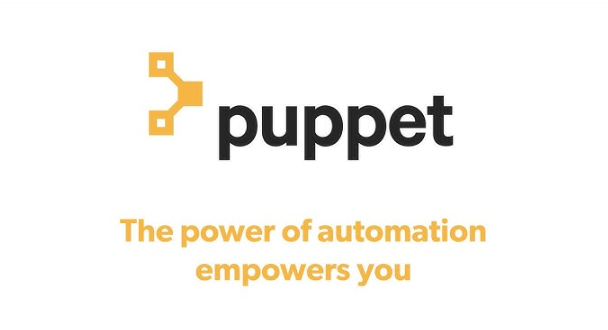In today’s fast-paced digital landscape, businesses strive to optimize their operations and streamline their infrastructure management processes. Puppet Labs emerges as a beacon of efficiency, offering cutting-edge solutions for automating IT tasks, ensuring consistency, and enhancing scalability. In this comprehensive guide, we delve into the world of Puppet Labs, exploring its features, benefits, and the transformative impact it can have on your organization’s IT ecosystem.
What is Puppet Labs?
Puppet Labs, now known as Puppet, is a leading provider of IT automation software, empowering organizations to automate the provisioning, configuration, and management of their infrastructure. Founded in 2005, Puppet has evolved into a trusted solution for DevOps teams, enabling them to orchestrate complex environments efficiently.
Read More | Unlocking the Power of Snowflake Computing
Key Features and Capabilities
- Declarative Language: Puppet employs a declarative language, allowing users to define the desired state of their infrastructure rather than focusing on manual steps.
- Agent-Based Architecture: With Puppet’s agent-based architecture, nodes can communicate with a central Puppet server, facilitating seamless configuration management across distributed environments.
- Resource Abstraction: Puppet abstracts resources into reusable modules, enabling administrators to manage configurations effortlessly and ensure consistency across servers, virtual machines, and cloud instances.
- Scalability: Puppet scales effortlessly to accommodate dynamic infrastructures, making it ideal for organizations of all sizes, from startups to enterprise-level corporations.
- Extensibility: Puppet’s extensible nature allows users to integrate with a wide range of tools and technologies, enabling seamless automation across heterogeneous environments.
